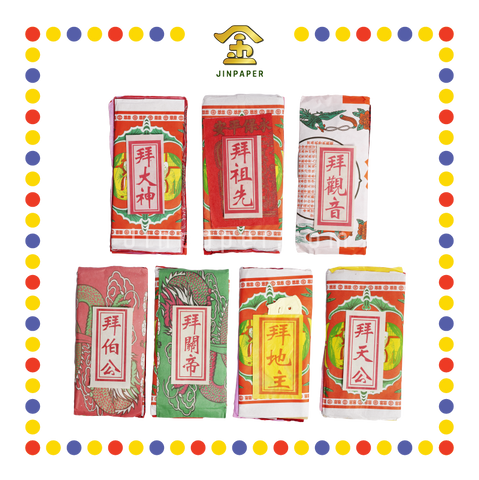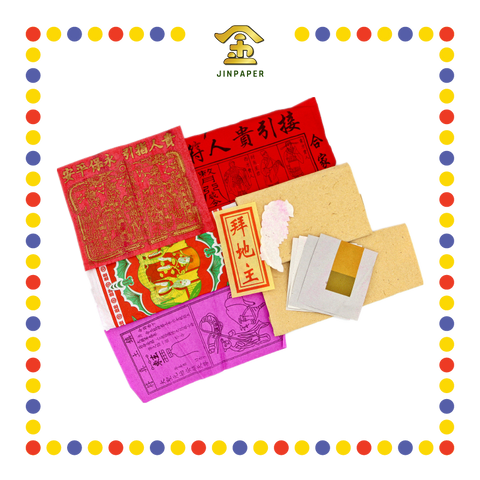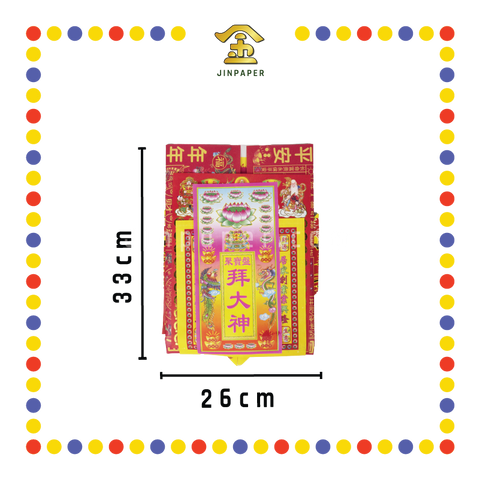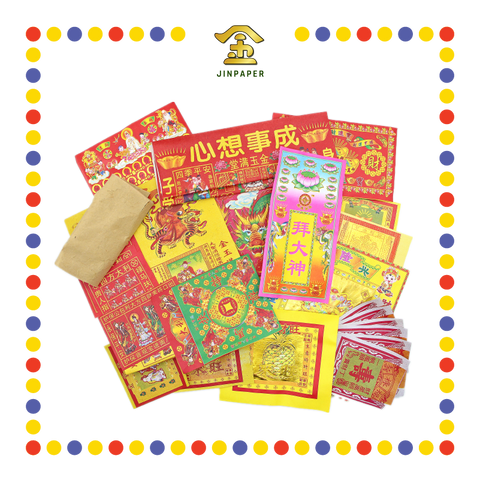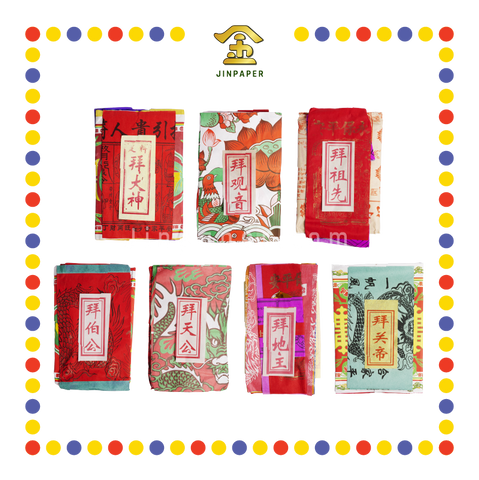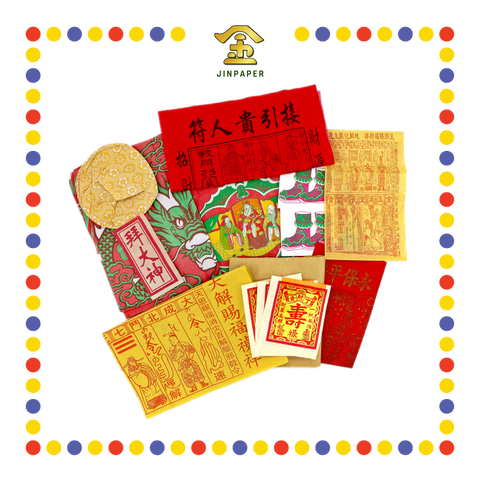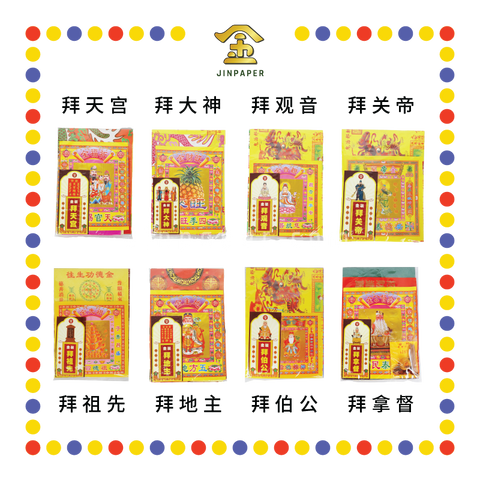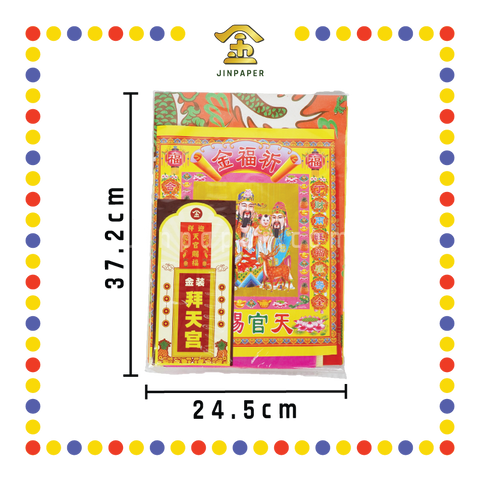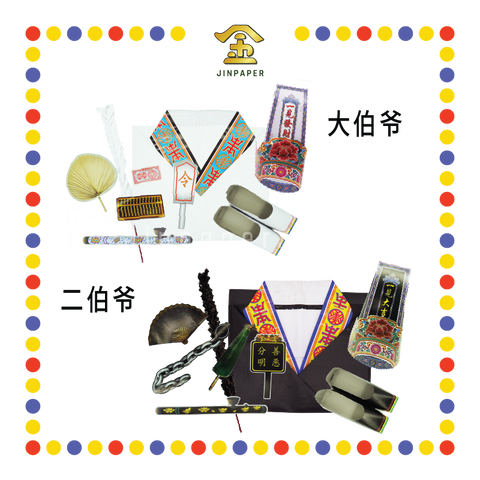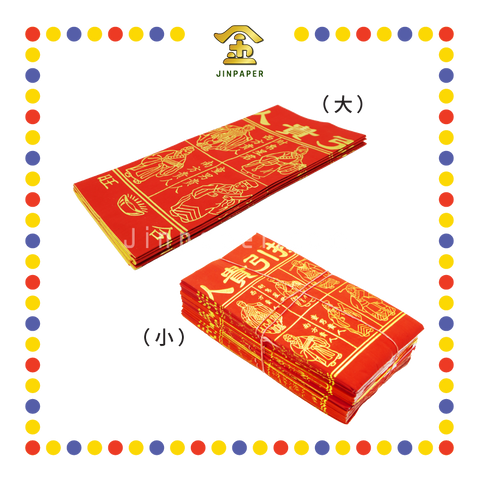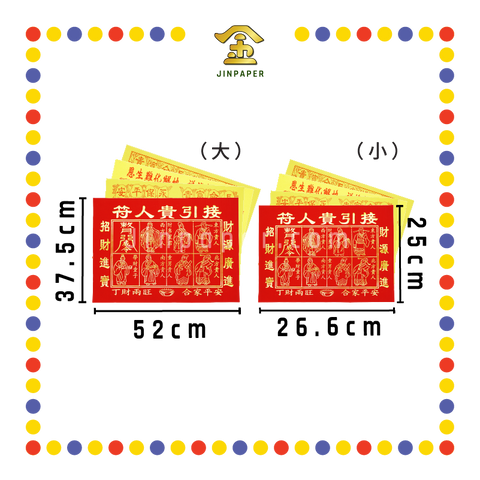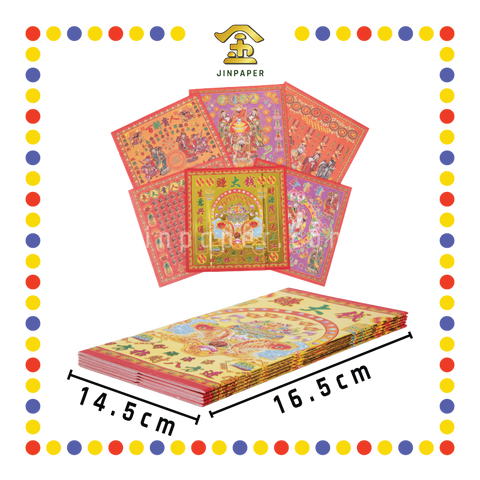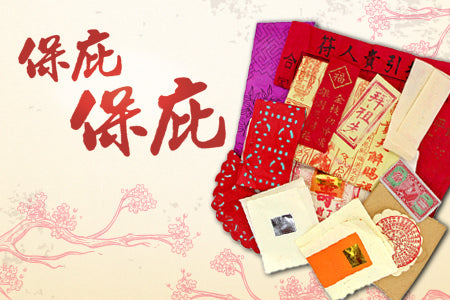When is Kuan Yin's Birthday? How to pray Guan Yin: A Complete Guide
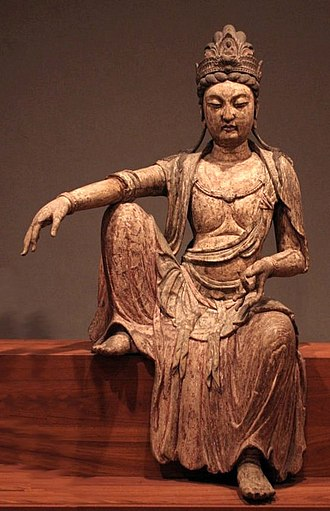
When is Kuan Yin's Birthday? How to pray Guan Yin: A Complete Guide
You may have heard of the name in passing during your visits to some religious Chinese families, or you may have even seen her portrayed in media as She often is, but if you’re unsure of who She is, Guan Yin is the famed Goddess of Mercy in many Asian cultures, most notably in Buddhist and Taoist folklore. As the one who listens to the people’s sufferings and offers guidance during troubled times, the significance of Guan Yin is visibly apparent in many Chinese customs, and to commemorate that, many devotees will visit temples during Guan Yin’s birthday to pray and offer respects.
One interesting thing to note is that Guan Yin’s birthday is actually celebrated three times a year. We’ll go more into this later on in the article, but suffice to say, this goes to show the popularity of the beloved Goddess of Mercy among the people. During these celebrations, devotees will flock to temples bearing the quintessential prayer items such as joss sticks, fruits, flowers, and sometimes homemade pastries.
History of Kuan Yin
Guan Yin, Guanyin or Kuan Yin, is the Chinese translation for the Bodhisattva Avalokitesvara. The title is actually short for Guanshiyin, which roughly means One Who Perceives The Sound of the World, a fitting description for the deity who hears the prayers of the people and offers compassion. Following the arrival of Jesuit missionaries in China, Guan Yin eventually came to be known among the western world as the Goddess of Mercy.
While She is often portrayed in statues and media as a woman, according to the Lotus Sutra, one of the most revered sacred texts in Buddhism, Guan Yin can actually take the form of any gender and identity, at times even adopting a non-humanoid figure, to better spread her message of compassion to her believers and relieve their suffering. In the past, Guan Yin was often depicted as a male deity, as represented by the chest-revealing clothes and the occasional moustache in early portrayals. However, the female version of Guan Yin became increasingly widespread since the Southern Song Dynasty, owing to the popularity of the idea of a motherly figure overseeing the pains of humanity and easing us through troubled times, and the deity is almost exclusively seen as a woman in modern times. Some also see Guan Yin as being androgynous, or not being either male or female, and can sometimes even be both.

Statue of Guan Yin. Source: Wikipedia
Aside from providing relief, some Buddhists have also taken to believe that Guan Yin helps to place departed souls within the heart of a lotus and guides them to Paradise.
A testament to Guan Yin’s popularity and influence, one can find numerous large temples erected in her name across China, India, Japan, Korea, Thailand, and Tibet. In India, Guan Yin’s abode is believed to be situated on Mount Potalaka. As the belief in Guan Yin became localized in each country’s populace, they eventually came up with their own version of Potalaka. Some notable examples include Mount Putuo in China, Naksansa in Korea, Potala Palace in Tibet, and Fudarakusan-ji in Japan.
There are also several pilgrimages associated with Guan Yin across East Asian countries. In China, the main pilgrimage site is found in Mount Putuo. In Korea, the pilgrimage typically involves 33 temples dedicated to Guan Yin, including Naksansa. Like Korea, Japan’s oldest pilgrimage associated with Guan Yin, the Saigoku Kannon Pilgrimage, also involves 33 temples which have Guan Yin enshrined within.
Why Do the Chinese Pray to Guan Yin at Home?
As mentioned earlier, Guan Yin is the deity of mercy and compassion. And much like how one would seek the divine for help through prayer, Chinese families often pray to Guan Yin to attract compassion, strength to tide themselves through suffering, and overall good fortune. Perhaps unique to Chinese culture is how some schools of feng shui would adopt the imagery of Guan Yin to make adjustments to the spiritual energy of the home. For example, connecting the Guan Yin statue to the Zhen section of the bagua is believed to draw in divine blessings when starting a new venture or protection for loved ones.
Guan Yin is also often considered the patron deity for mothers, and some customs believe that placing a Guan Yin statue in the home will bless the family with filial children as well as protect them from harm. In Malaysia, you can get many such Guan Yin statues for sale from an extensive list of vendors.
When is Kuan Yin’s birthday?
Earlier on, we wrote that Kuan Yin’s birthday is celebrated three times a year. Each of these dates bear symbolic meaning, marking a significant event in Kuan Yin’s time on this plane. These dates are respectively the 19th day of the 2nd, 6th, and 9th Chinese lunar months.
The first of the three, falling on the 19th of the 2nd lunar month, pertains to the actual birth of Kuan Yin. Following that, on the 19th of the 6th lunar month, is the date of Kuan Yin’s renunciation. Lastly, the 19th of the 9th lunar month is the date where Kuan Yin is believed to have passed on from this world and attained Bodhisattvaship.
While each of these dates celebrate different events related to Kuan Yin, the proceedings of the celebrations themselves, as far as devotees are concerned, are pretty much one and the same.
How to Pray to Guan Yin?
There aren’t too many steps to adhere to when praying to Guan Yin. As with all forms of prayer, what’s most important is to conduct oneself with sincerity and internalize the values of Guan Yin, which are those of kindness and compassion.
Before the day of the celebration, some families would make it a practice to prepare different food offerings such as sweet cakes and fruits, and dry food such as rice and sugar. Because Guan Yin is so often associated with compassion for all creatures, She is typically depicted to be the icon for vegetarianism. Following this, some devout families will also put themselves through a vegetarian diet for the day in order to cleanse themselves.

Food offerings for Guan Yin on the day of the celebration. Source: JinPaper
In Malaysia, on the day of the celebration, it is common to see many devotees pay a visit to the nearby temples early during the day to offer their prayers. Volunteers for the temple would often prepare simple vegetarian food such as fried noodles and porridge for these visitors, and monks can be found hanging large coiled incense sticks overhead in light of the festivities. Some temples may also put up performances in celebration of Guan Yin, like the puppet shows one can find from the old temple in Jalan Pitt, Penang.
Aside from making offerings, devotees will also light lotus-shaped candles and offer them up in prayer. Light represents wisdom, and in doing so, it is believed that Guan Yin will provide one with guidance in going down one’s path. The practice of burning joss paper, or spiritual money, is also commonplace during the day itself.
When praying to Guan Yin, some devotees may recite the Heart Sutra, in an effort to cultivate loving kindness and generosity that is so often associated with Guan Yin, within themselves. However, if you’re unsure of how to recite the Heart Sutra, just stating your prayer as sincerely as you possibly can will also be fine. The idea here is to emphasize the image of Guan Yin within your own mind as much as possible, and try your best to internalize Her teachings and values. Do not be too demanding when making your prayer. Instead, focus on a key aspect of your life you would like to improve on, and wish for it deeply. Less is always more when it comes to prayer, and the sincerity within your heart will reflect in the strength of your prayer.
Conclusion
So, we’ve talked about the significance of Guan Yin in our own cultures, and we’ve also briefly gone over how much influence Guan Yin has in other Asian folklore. There aren’t too many restrictions over how you’d like to offer your prayer up to Guan Yin, but the main thing is that you do it with a sincere heart. Perhaps in such trying times, it is arguably more important that we follow the teachings of Guan Yin and practice kindness and compassion as much as we can.
With lockdown restrictions in place, you may also want to consider obtaining a Kuan Yin statue for yourself to be placed within the home, instead of having to go to temples. Fortunately, there are many options in Malaysia offering Kuan Yin statues for sale, and you can procure one relatively easily.
As always, follow us closely at JinPaper for more updates relating to Chinese prayer customs and rituals. And if you’d like us to feature something that isn’t already on this list, do let us know in the comments below!
